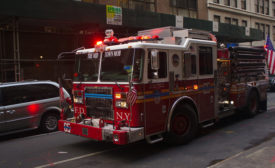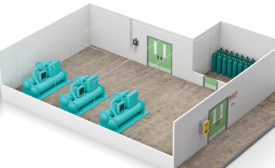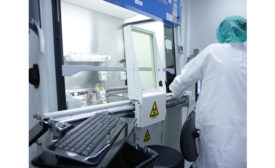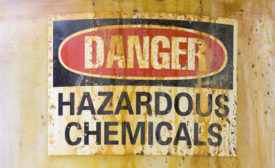Home » Keywords: » toxic chemicals
Items Tagged with 'toxic chemicals'
ARTICLES
Few emergency responders used respirators at toxic gas exposure scene
15 sought medical treatment
January 17, 2019
Control refrigerant gas in HVAC mechanical equipment rooms
Detecting & reducing Toxic Leaks
May 31, 2018
Become a Leader in Safety Culture
Build your knowledge with ISHN, covering key safety, health and industrial hygiene news, products, and trends.
JOIN TODAYCopyright ©2024. All Rights Reserved BNP Media.
Design, CMS, Hosting & Web Development :: ePublishing









